1 June 1778 Monday
Some days are more difficult than others, and it all depends on whether there's pain or not.
32 y.o. Francesco Piranesi 1 August 1790
Raccolta de'Tempj antichi, Vol. II.
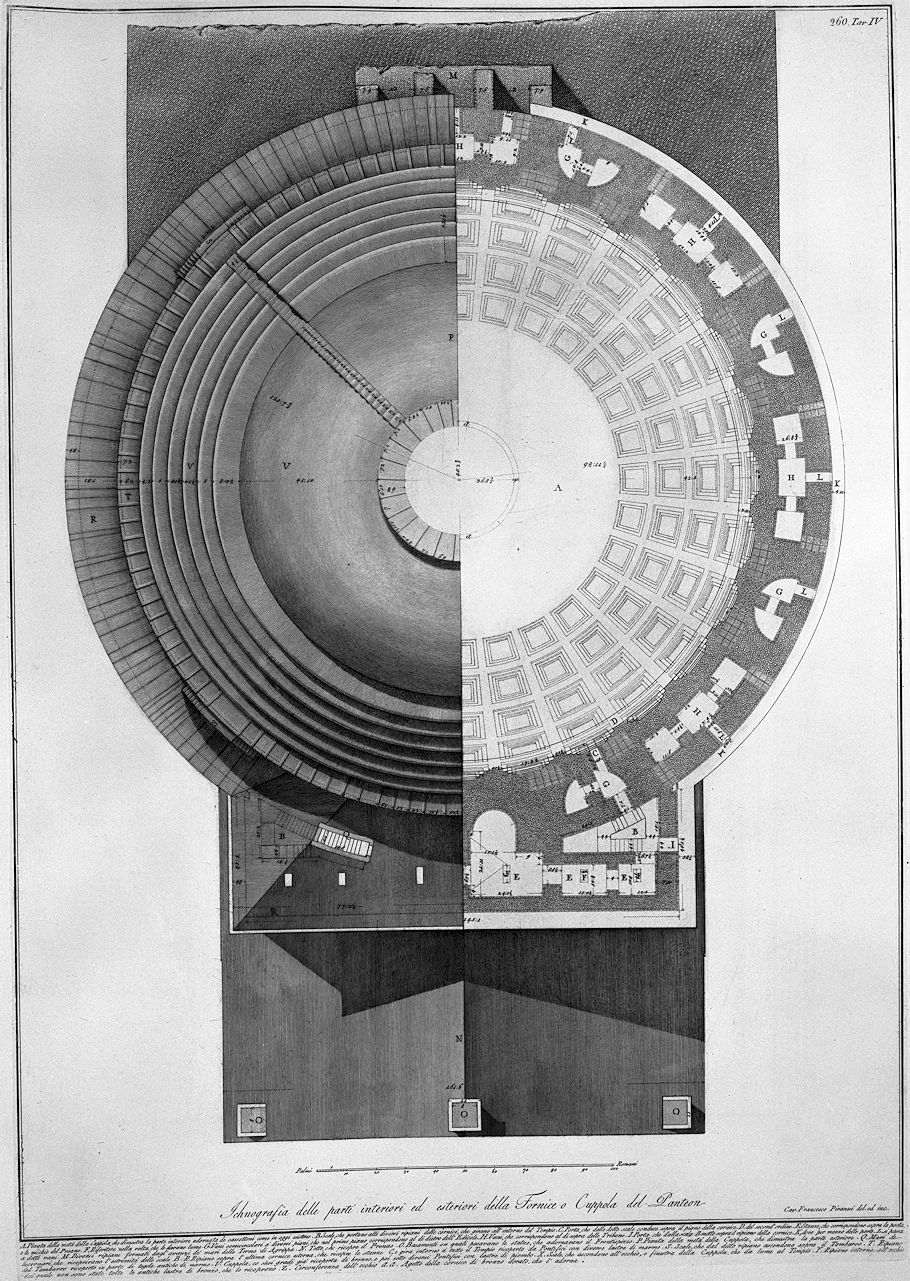
Plan of the internal and external parts of the Fornix or Cuppola of the Pantheon
A. Plan of the middle of the Cupola, showing the interior adorned with chests of drawers as they exist today. B. Stairs, which lead to the various shelves of the cornices, which go around the Temple. C. Door, which from said stairs leads above the level of the cornice. D. of the second order. E. Stanze, which correspond above the door and the niches of the Pronaos. F. Referent in the vault, which gave it light. G. Semicircular rooms on different floors, which on the first floor correspond to the rear of the Edicule. H. Vani, which correspond above the Tribune. I. Door, which from the staircase B. puts the shelf of the cornice on top. K. where by means of doors. L. we move on to these rooms. M. Several shelves formed by the remains of the walls of the Baths of Agrippa. N. Roof, which covers the Pronaos. O. Bases on which rested the statues, which adorned the frontispiece. P. Plan of half of the Cuppola, showing the exterior part. Q. Walls of lights, which covered the end of the stairs B. R. Shelf above the last external frame, which covers the rooms C. and goes around the whole Temple covered by Popes with various marble slabs. S. Stairs, which from the said shelf ascend above the Tamburro. T. Shelf of the drum partly covered with ancient marble tiles. V. Cuppola, with its degrees already covered in bronze, and then under various Popes with lead plates. X. Stairs, which ascend to the oculus, or window of the Dome, which gives light to the Temple. Y. Shelf around the eye from which the ancient bronze plates that cover it have not been removed. Z. Eye circumference a.a. Edge of the gilt bronze frame, which adorns it.
Cav. Francesco Piranesi drawn and engraved
1 June 1812 Monday
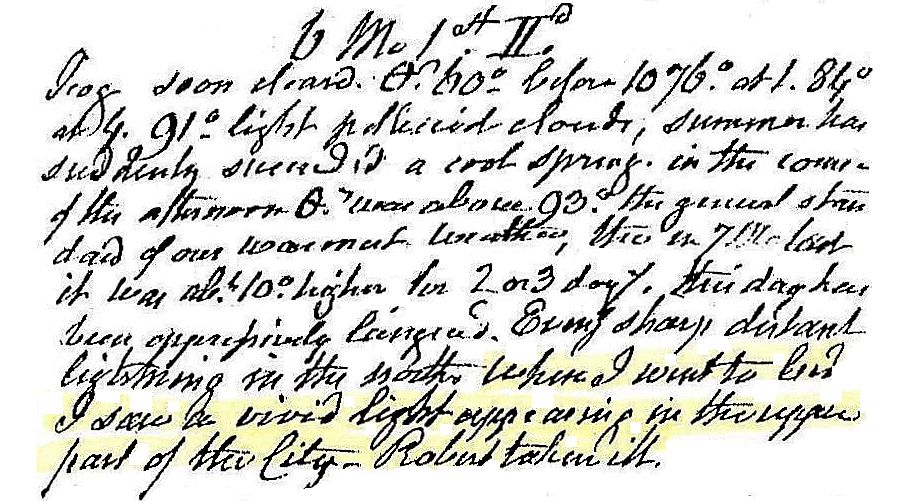
Fog soon cleared, temperature 60°, before 10 76°, at 1 84°, at 4 91°. Light pellucid clouds. Summer has suddenly succeeded a cool spring. In the course of the afternoon temperature was above 93°, the general ..... .... of our warmest weather, tho in July last it was about 10° higher for 2 or 3 days. This day has been oppressively languid. Evening sharp distant lightening in the north. When I went to bed I saw a vivid light appearing in the upper part of the city. Robert taken ill.
1 June 2006
Lunch Time Adventures
I and another virtually famous Philadelphian had lunch [at Cape May Point] with a cardinal yesterday.
Villa Hélène
The last time I was in Rome I was staying at the Villa Hélène, Via P. Stanislao Mancini, 20, near the Tiber just a few blocks outside the Popolo Gate.
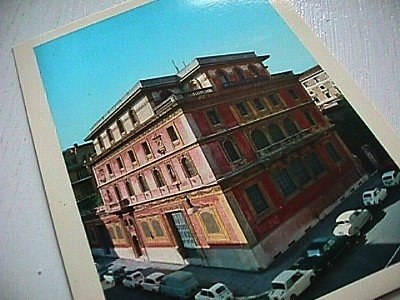
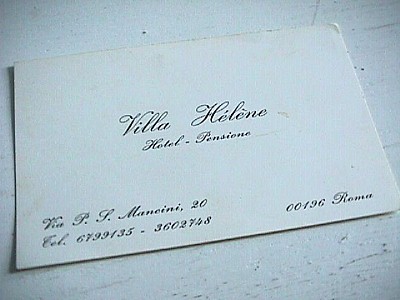
AP wrote:
"all the obvious stuff...also, be sure not to miss St. John Lateran, if you're into the whole church thing...beautiful church, across the street are the Scala Santa - steps that once lead to Pontius Pilate's home in Jerusalem. History suggests that Jesus scaled these steps just before his judgement. St. Helena brought 'em back to Rome, along with other relics...you can only scale the steps on your knees, typically stopping at each for prayer..."
According to Hans A. Pohlsander, Helena: Empress and Saint (1995), p. 81:
"A short distance from the Basilica of St. John Lateran, in the Piazza San Giovanni, we find the Scala Santa, a building erected by Domenico Fontana under Pope Sixtus V (1585-1590). It is a place of pilgrimage, where the faithful ascend the central stairs of the building only on her knees. The 28 marble steps of these stairs were salvaged from the original Lateran Palace. According to tradition they were brought by Helena from the palace of Pontius Pilate in Jerusalem. This tradition can be traced back no further than the 13th century."
You know, it really wasn't St. Helena that brought the steps to Rome because it was really Helena's granddaughter Helena, the youngest of Constantine and Fausta's children and the wife of (first cousin) Julian the Apostate. While Julian was busy rebuilding the Jewish Temple of Jerusalem, Helena had the Pontius Pilate palace steps shipped to Rome for safekeeping at the Domus Fausta, her mother's quondam palace at the Lateran.
1 June 2015
The Golden Ratio: Relevant or not?
architect IQ test
true or false
1 ÷ .618 = .618 + 1
multiple choice
1.618 = x, where x is:
a. 1 ÷ .618
b. 1 + .618
c. all of the above
d. none of the above
The Golden Ratio: Relevant or not?
Personally, I don't worry about what relevance the golden ratio has in design. I enjoy the applicability it has in design. Whenever a whole is divided into two parts and one part is subordinate to the other, it's often fruitful to see if the golden ratio resolves the ratio of the two parts to one another.
1 June 2017
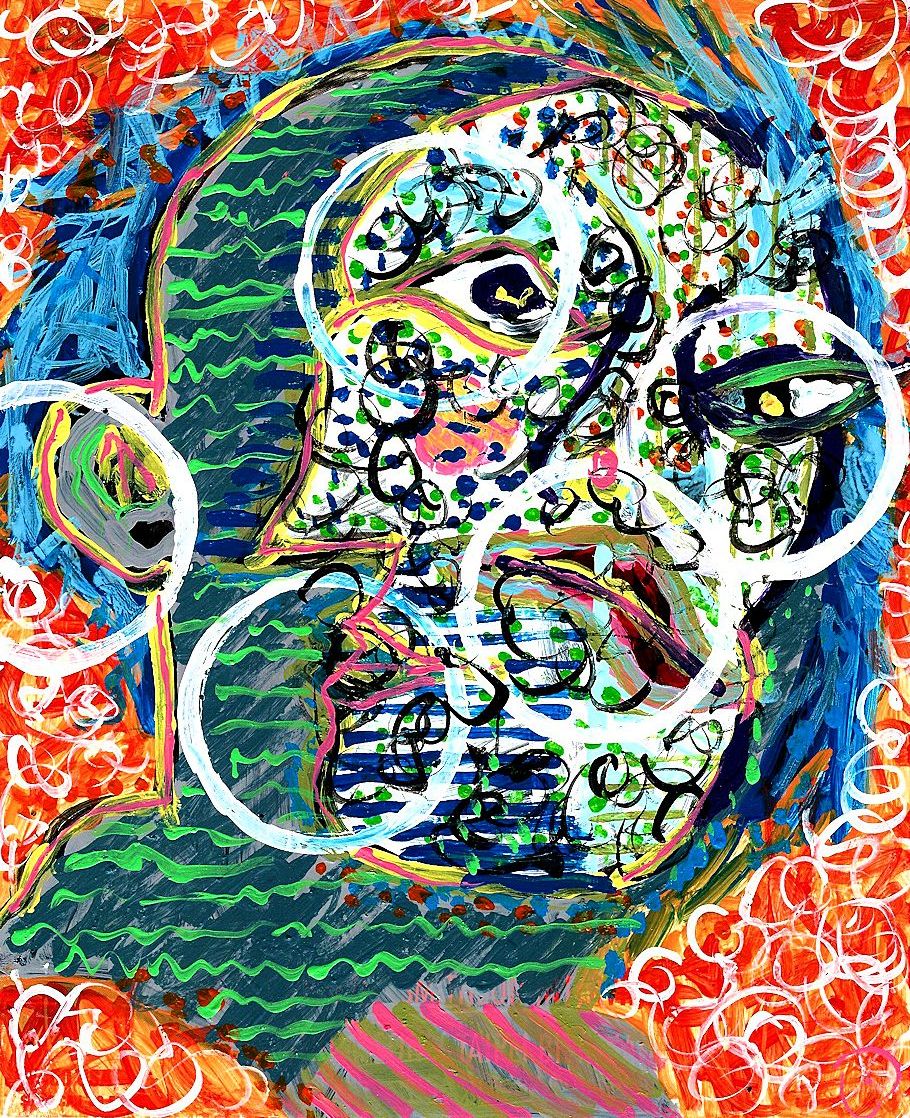
zero four four
1 June 2023 Thursday
Related to "writing about the new stuff I've learned over the last year," I've started reading over my TDOPFP notes, which began to be written 17 June 2022. As it happened, this time last year I had only a cursory knowledge of Piranesi's last year. The notes somewhat record what I learned or investigated, and when I did it. Anyway...
On 26 June 2022, I copied a passage from John Wilton-Ely's The Mind and Art of Giovanni Battista Piranesi, page 117:
"Although the evidence is meagre it would appear that Piranesi, accompanied by Francesco and their architectural assistant, Benedetto Mori, made an expedition in 1777-78 to examine these Greek temples situated a few miles south of Naples. The father was already suffering from a severe bladder complaint which ultimately caused his death in Rome during the November of 1778."
No where does Wilton-Ely explain what exactly the "meagre evidence" is, nor does he provide the evidence that would confirm "the father was already suffering from a severe bladder complaint."
I have to start writing about the evidence of Piranesi's final project specifically.
|